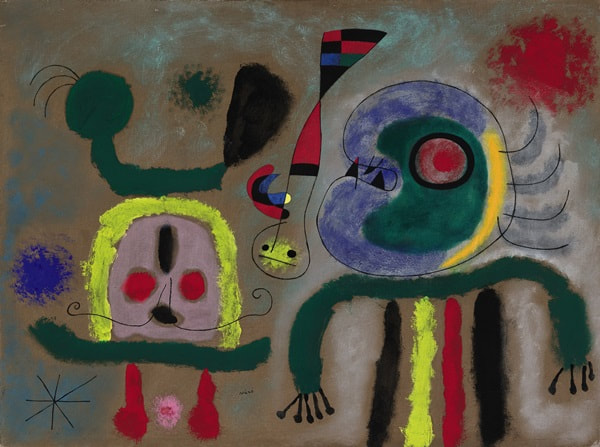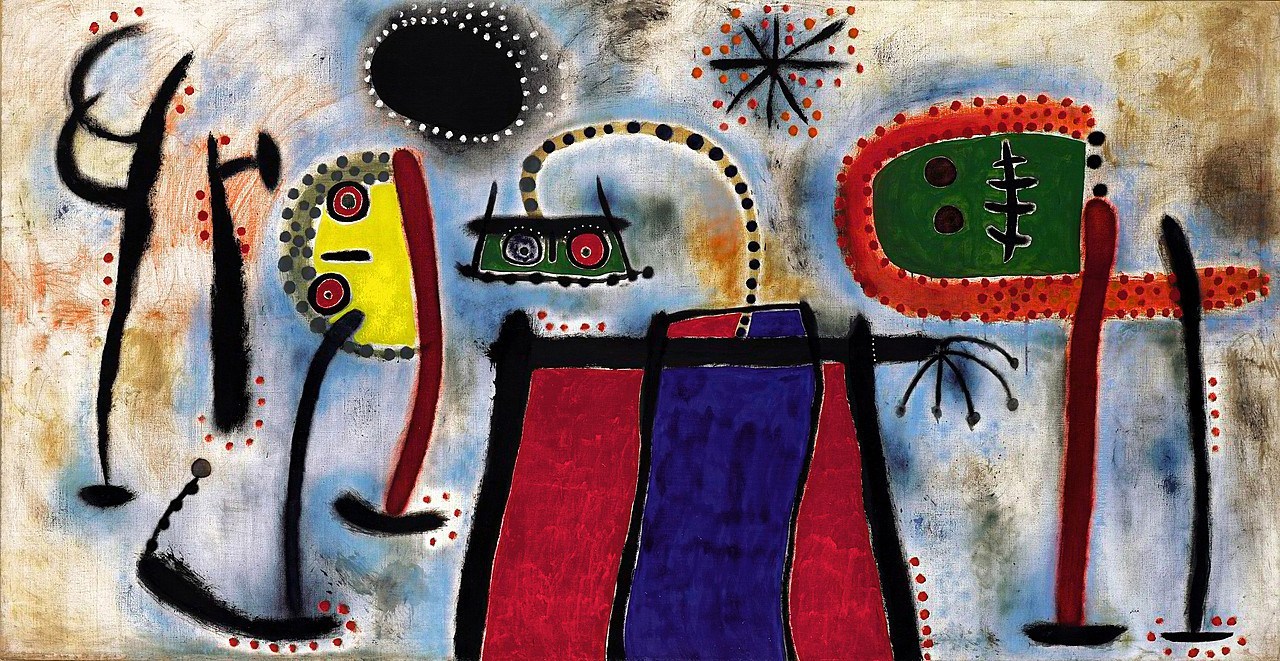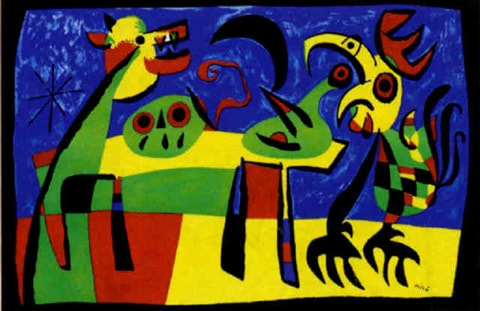n
I walked into the shop, the only customer at the time, and was greeted by owner Steven Singer. I told him I wanted to taste the Raveneau and he smiled knowingly as if I had just uttered a password and gained entrance into some kind of secret club. Little did I know. After sitting down, Steven set out ten glasses in front of me and began to pour wines from almost identical bottles replete with hard yellow wax capsules–the same yellow wax capsules knowingly loved and hated by sommeliers the world over (because they’re impossible and very messy to remove). After that, he left me in silence with the wines and my note pad.
To this point, my experience of Chardonnay was limited to the new world, primarily California. I had never tasted a good much less great Chablis. But I clearly remember picking up the first glass, raising it to my nose, and frowning in that serious “I know what I’m doing” kind of way that all wine geeks love to sport. The first sniff of the wine revealed a series of aromas that were more than a bit alien to me. Not much in the way of fruit compared to the California Chardonnays I was used to. I then took the first sip and the experience was like a combination of loud feedback on a public PA system and eating several whole lemons in rapid succession. It wasn’t painful. No, I lied, it was physiologically uncomfortable to the point of pain–but in a very enlightened way, if that’s possible. The first sip of what was the 1979 Montée de Tonnerre was like someone had plugged a home electric appliance into my palate (waffle iron?) and flicked the juice on with the expected results.
Nothing remotely similar had ever come across my vinous radar. Here was a wine that was immensely powerful, bare bones dry, and painfully acidic. In comparison, the Chardonnays of my previous experience were like going to a church social as a kid. Some of them had big hair, others wore lots of jewelry, while still others wore an alarming amount of perfume. All of them wore lots of makeup. The Raveneau wine was different; we were no longer in Kansas but somewhere closer to the Dog Star.
Fast forward twenty years: I’m teaching a Master Sommelier Introductory Course in New Orleans for a group from the CMAA, the Club Manager’s Association of America. The attendees were mostly middle-aged men who managed highly successful golf clubs across the country. I was leading the group through a blind tasting of four wines. The second white wine of the flight was a recent vintage of Domaine des Baumard Savennières, a dry, mineral-drive Chenin Blanc from the Loire Valley. We worked through the wine using the MS deductive tasting grid as our guide. Going through the nose, the group had problems finding much of anything. Some remarked that the wine was corked (it was not) while others said that it smelled musty. Then they tasted it. In moments I was standing in front of 80 adults all experiencing gustatory melt down. Practically everyone spit the wine out immediately and looked at me with an expression somewhere between wince and grimace (two of the evil dwarves). It was the same expression your kid gives you when you take them to the pediatrician and the nurses sneak up behind them and give them a shot in each arm–at the same time. I think the expression is called “betrayal.”
It goes without saying that the group positively hated the wine and strongly voiced their objection. I attempted to counter saying it was more than possible to come across a good—even great—wine that one wouldn’t like, and how important context was in any tasting experience. I also told the group that the Baumard was the most expensive—and probably the most complex—white wine they would taste during the two days of the class. They didn’t buy it–and were definitely not amused. Fortunately, I escaped unharmed.
a. Barolo and Barbaresco: or anything remotely connected to the Nebbiolo grape. So pale and delicate in color but one sip and it can be like Rottweiler in a glass as in shockingly tannic, acidic, and bone dry. If you’re hanging out late at night watching Dancing with the Stars and want that last glass of red, this is definitely not it. But make no mistake, Barolo and Barbaresco are two of the world’s greatest red wines. To me, they’re quintessential cold weather reds to retrieve from the cellar and match with the best braises, stews, and game. Even live game. Just kidding.
b. Sercial Madeira: balance searing acidity barely with the meagerest “may I have some more gruel” bit of residual sugar and you have Sercial. Madeira could even be the ultimate restaurant wine by the glass because the wines are indestructible. After all, they’ve been cooked, oxidized, and fortified. You could probably run them down your driveway and then retrieve them just in time for the cheese course.
c. Aged Palo Cortado and Amontillado Sherries: think all Sherries are sweet and the domain of geriatrics? Think again. There’s no more vinous, intense, and bone-dry fortified wine than a good aged Palo Cortado or Amontillado.
Coda
Our smell and taste preferences can change dramatically as we get older. Most of us move on from the simply sweet of youth to the delightful trio of sour, savory, and salty—three more of the evil dwarves, if you will. Add bitter to that trio and you’ll understand my fondness for Fernet Branca. But that’s another story. How do I feel about Raveneau Chablis now? I’m a huge fan. I think it’s one of the greatest white wines made anywhere. Period. I’ve come to absolutely love the Raveneau wines to the point of coveting them. And if anyone reading this would like to send me a few bottles or a case, I’m sure they would be blessed for several generations. I promise.
nn


